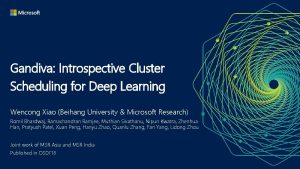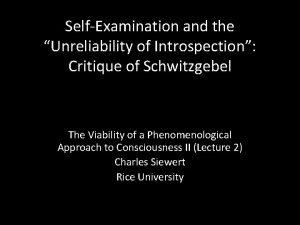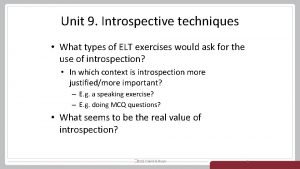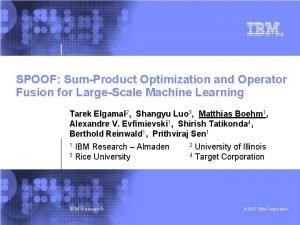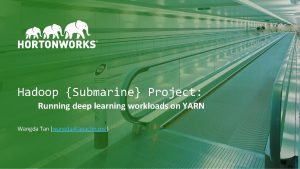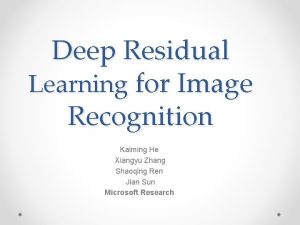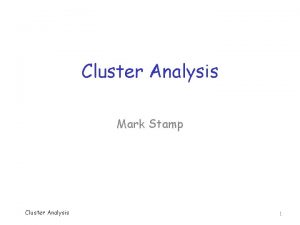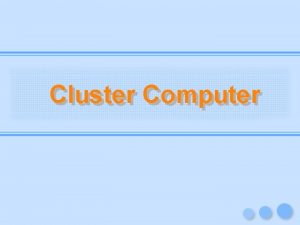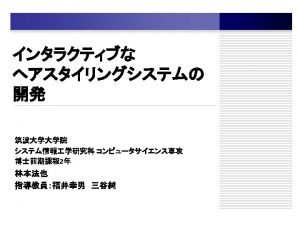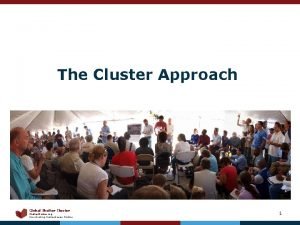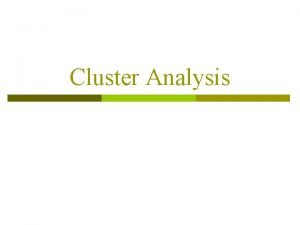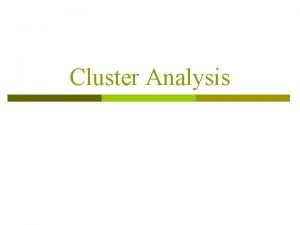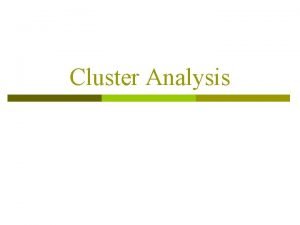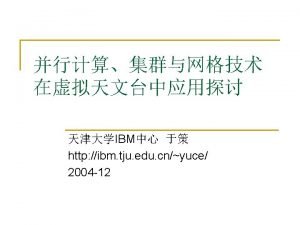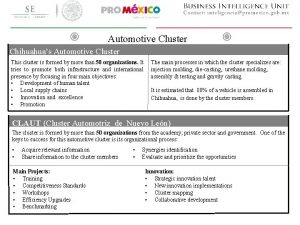Gandiva Introspective Cluster Scheduling for Deep Learning Wencong















- Slides: 15

Gandiva: Introspective Cluster Scheduling for Deep Learning Wencong Xiao (Beihang University & Microsoft Research) Romil Bhardwaj, Ramachandran Ramjee, Muthian Sivathanu, Nipun Kwatra, Zhenhua Han, Pratyush Patel, Xuan Peng, Hanyu Zhao, Quanlu Zhang, Fan Yang, Lidong Zhou Joint work of MSR Asia and MSR India Published in OSDI’ 18

Gandiva: Introspective Cluster Scheduling for Deep Learning • A new scheduler architecture catering to the key characterizations of deep learning training • System innovations bring an order of magnitude efficiency gains China. Sys’ 18 Changsha, China (2018. 12. 8)

Deep Learning Training vs. Big Data Processing Goal Process Deep Learning Training Find a qualified neural model Trial-and-error: see the training accuracy of hyper-parameters - a trial job can last for hours or days - it might take lots of jobs (~100) Big Data Processing Compute a set of data Run one job to completion - may have sub-tasks (e. g. , Map. Reduce) - sub-tasks are short-lived (minutes) May stop a job early if not promising Auto. ML: automate the process Performance Find the model as fast as possible Run the job as fast as possible - performance of one job might NOT matter China. Sys’ 18 Changsha, China (2018. 12. 8)

Implication – More Parallel Jobs the Better • Good trial jobs surface earlier GPU cluster • Bad trial jobs stop earlier Which model is better? Job 1 • More effective search in hyper-parameter space Job 2 Job 3 Job 5 Job 4 Job 6 • Need time-slicing of jobs – GPU not efficiently virtualizable China. Sys’ 18 Changsha, China (2018. 12. 8)

Implication – Long-Running Jobs vs. Changing Environment • Need to adapt the long-running job to the changing environment • Example: 2 -GPU Job Server 1 • Need ability to migrate jobs China. Sys’ 18 Changsha, China (2018. 12. 8) Server 2

Complication • Sensitivity to locality and interference varies across jobs • How do we know the decision is beneficial? China. Sys’ 18 Changsha, China (2018. 12. 8)

Opportunity – Computation Boundary of Deep Learning • Deep learning training runs in mini-batches • Iterative behavior • Computation divided by super-steps (i. e. , mini-batches) • Mini-batches separated by global synchronization • Mini-batch as the computation boundary • Light-weight profiling • Time-slicing and migration at the barrier China. Sys’ 18 Changsha, China (2018. 12. 8) Res. Net 50 on Image. Net data

Our approach • Time-slicing and migration as the primitives for scheduling (similar to OS) • Mitigate head-of-line blocking • Explore more trials in parallel Time-slicing (50~250 ms) China. Sys’ 18 Changsha, China (2018. 12. 8) Migration (~second)

Our approach • Introspection: Application-aware profiling (time-per-minibatch) • Continuous and introspective scheduling to adapt quickly to the changing environment • Efficient implementation by exploiting the predictability • Checkpointing at the mini-batch boundary with minimum memory overhead China. Sys’ 18 Changsha, China (2018. 12. 8)

A Comparison to Big Data Scheduler Deep Learning Scheduler Granularity Map. Reduce task or DFG Mini-batch boundary Decision One-time Continuous/introspective Profiling System-level - CPU/GPU Util. , disk I/O Application-level - Time-per-mini-batch China. Sys’ 18 Changsha, China (2018. 12. 8)

Performance Highlights Time-slicing – Less than 2% overhead Migration – 50 x faster – <1 s migration cost (including multi-GPU, multi-Node) Res. Net 50 China. Sys’ 18 Changsha, China (2018. 12. 8)

Performance Highlights Auto. ML model exploration – 1. 5 hrs vs. 20. 3 hrs – 13. 6 X speedup VGG-like model, >90% accuracy, 40 trials Two Auto. ML sessions, each uses 8 GPUs Background DLT in a 100 -GPU cluster China. Sys’ 18 Changsha, China (2018. 12. 8)

Beyond Research: An Open Source Stack for AI Innovation • Open. PAI platform (2017 -December) • Cluster management for AI training and Marketplace for AI asset sharing • NNI – Neural Network Intelligence (2018 -September) • A toolkit for automated machine learning experiments • MMdnn (2017 -November) • A tool to convert, visualize and diagnose deep neural network models • Tools for AI (2017 -September) • An extension to build, test, and deploy deep learning/AI solutions China. Sys’ 18 Changsha, China (2018. 12. 8)

Thank you!

• NNI China. Sys’ 18 Changsha, China (2018. 12. 8) • Open. PAI
 Gandiva: introspective cluster scheduling for deep learning
Gandiva: introspective cluster scheduling for deep learning Introspective
Introspective Introspective techniques
Introspective techniques Introspective architecture
Introspective architecture Sjn scheduling
Sjn scheduling Deep learning vs machine learning
Deep learning vs machine learning Tony wagner's seven survival skills
Tony wagner's seven survival skills Deep asleep deep asleep it lies
Deep asleep deep asleep it lies Deep forest towards an alternative to deep neural networks
Deep forest towards an alternative to deep neural networks 深哉深哉
深哉深哉 Cuadro comparativo e-learning m-learning b-learning
Cuadro comparativo e-learning m-learning b-learning Operator fusion deep learning
Operator fusion deep learning Gated recurrent unit in deep learning
Gated recurrent unit in deep learning Hadoop deep learning
Hadoop deep learning He kaiming
He kaiming Deep learning speech recognition
Deep learning speech recognition
